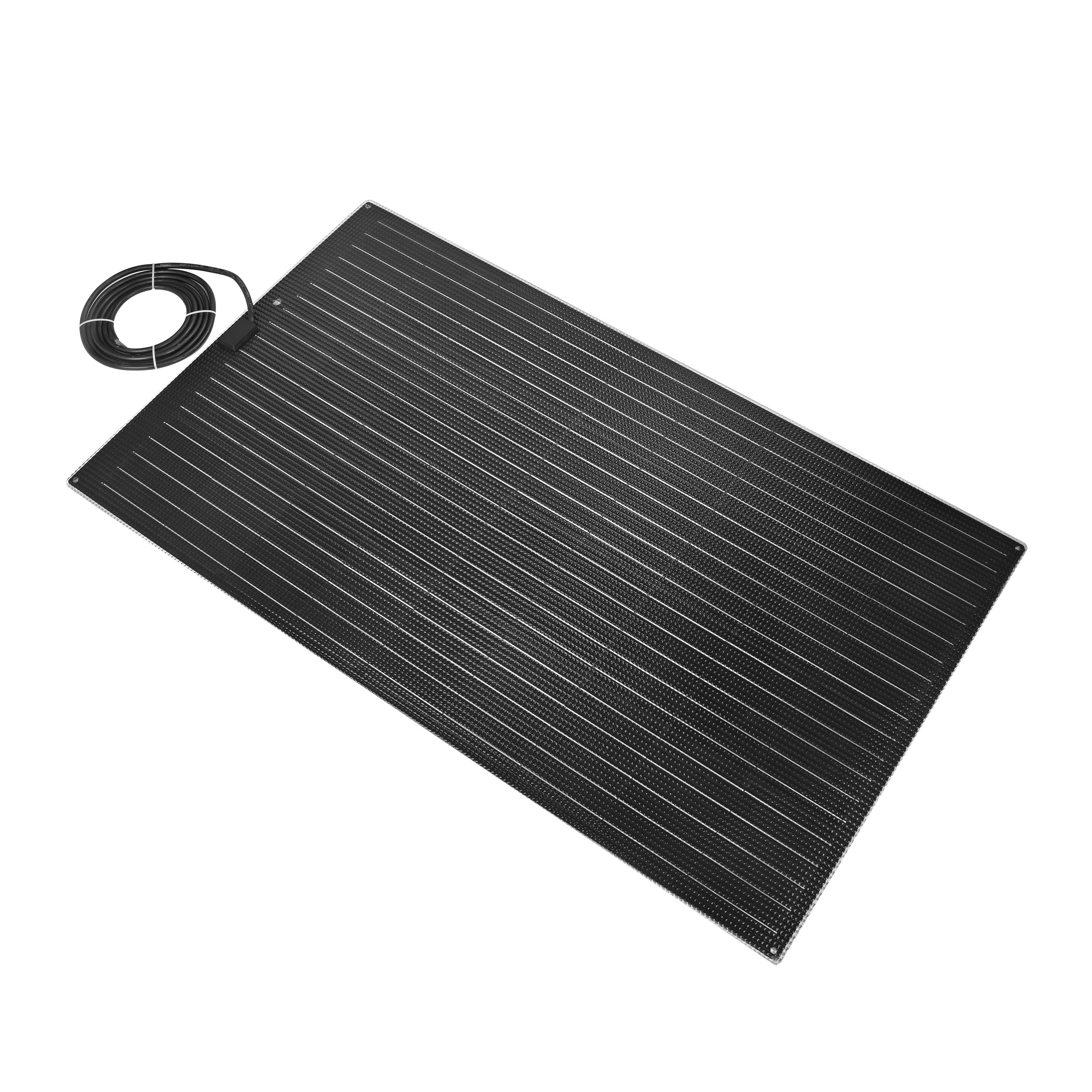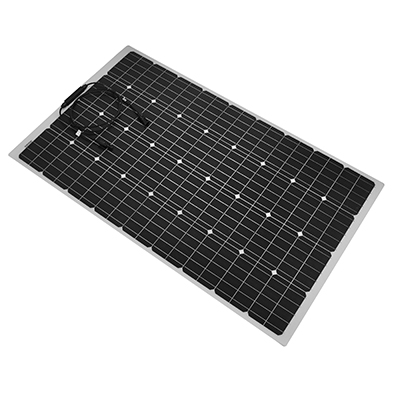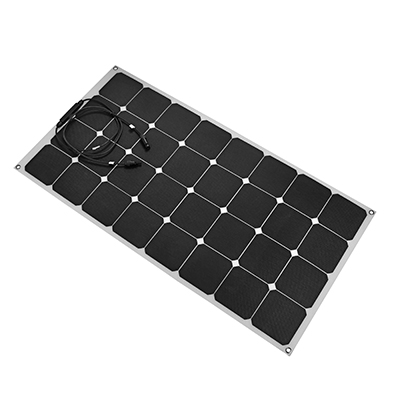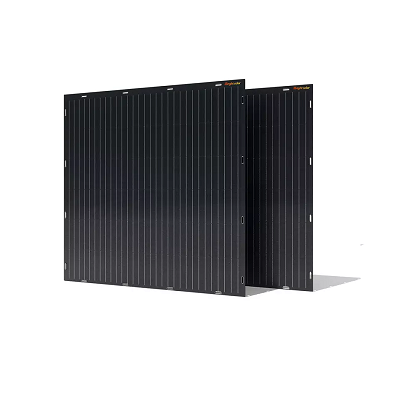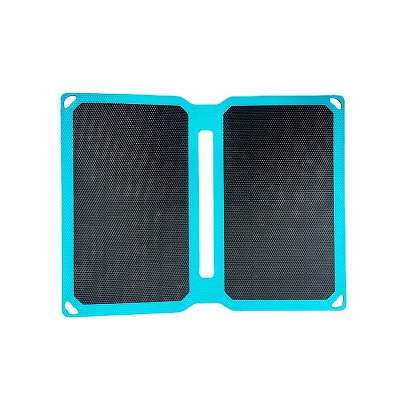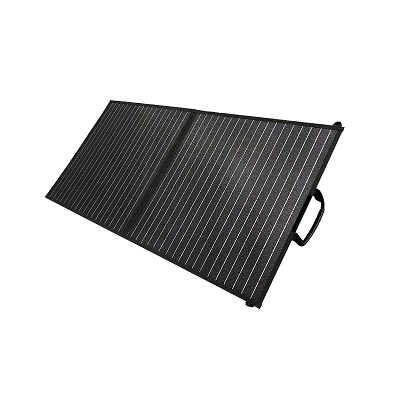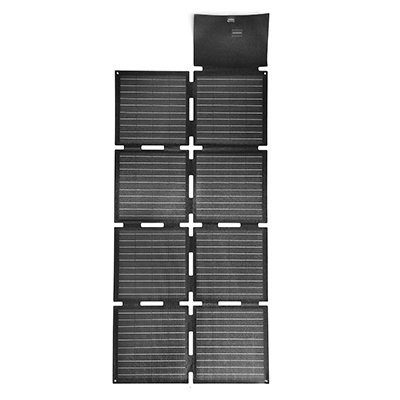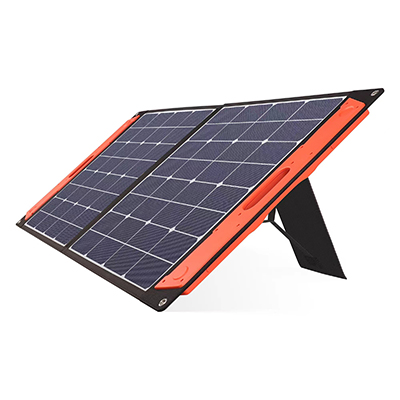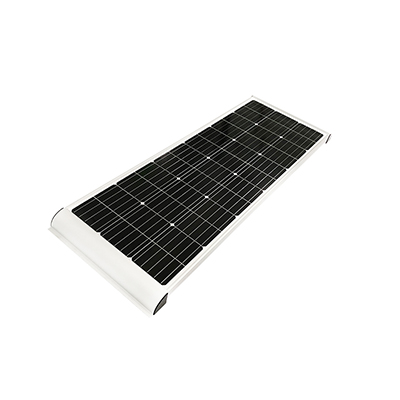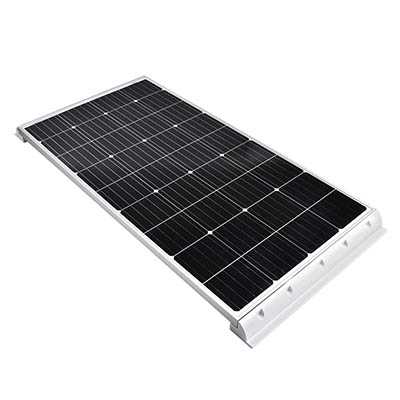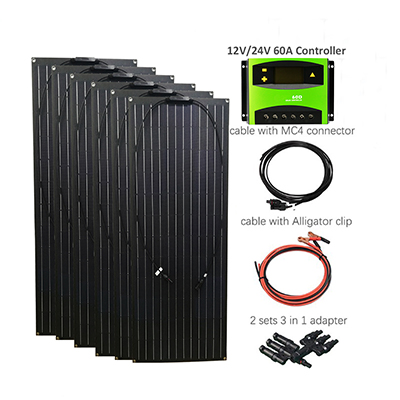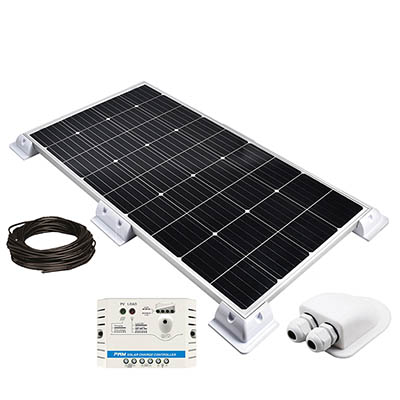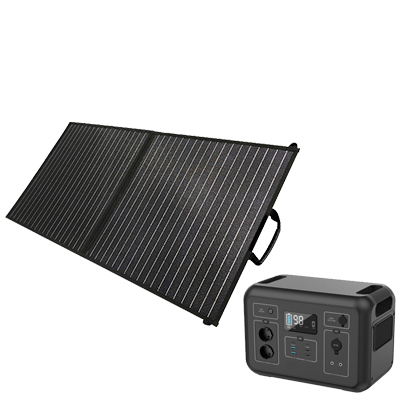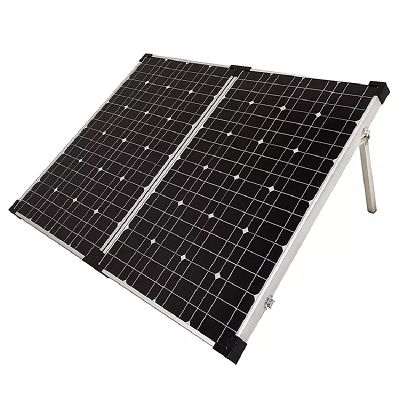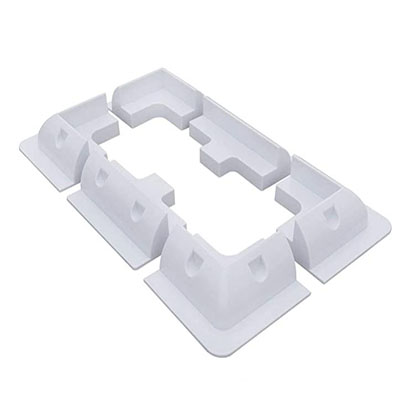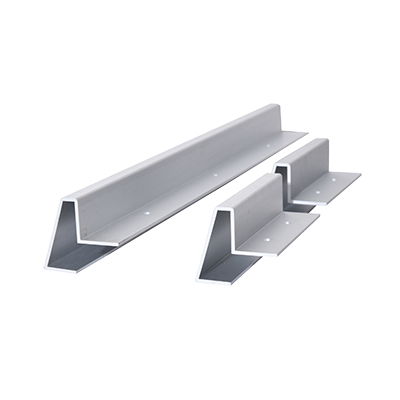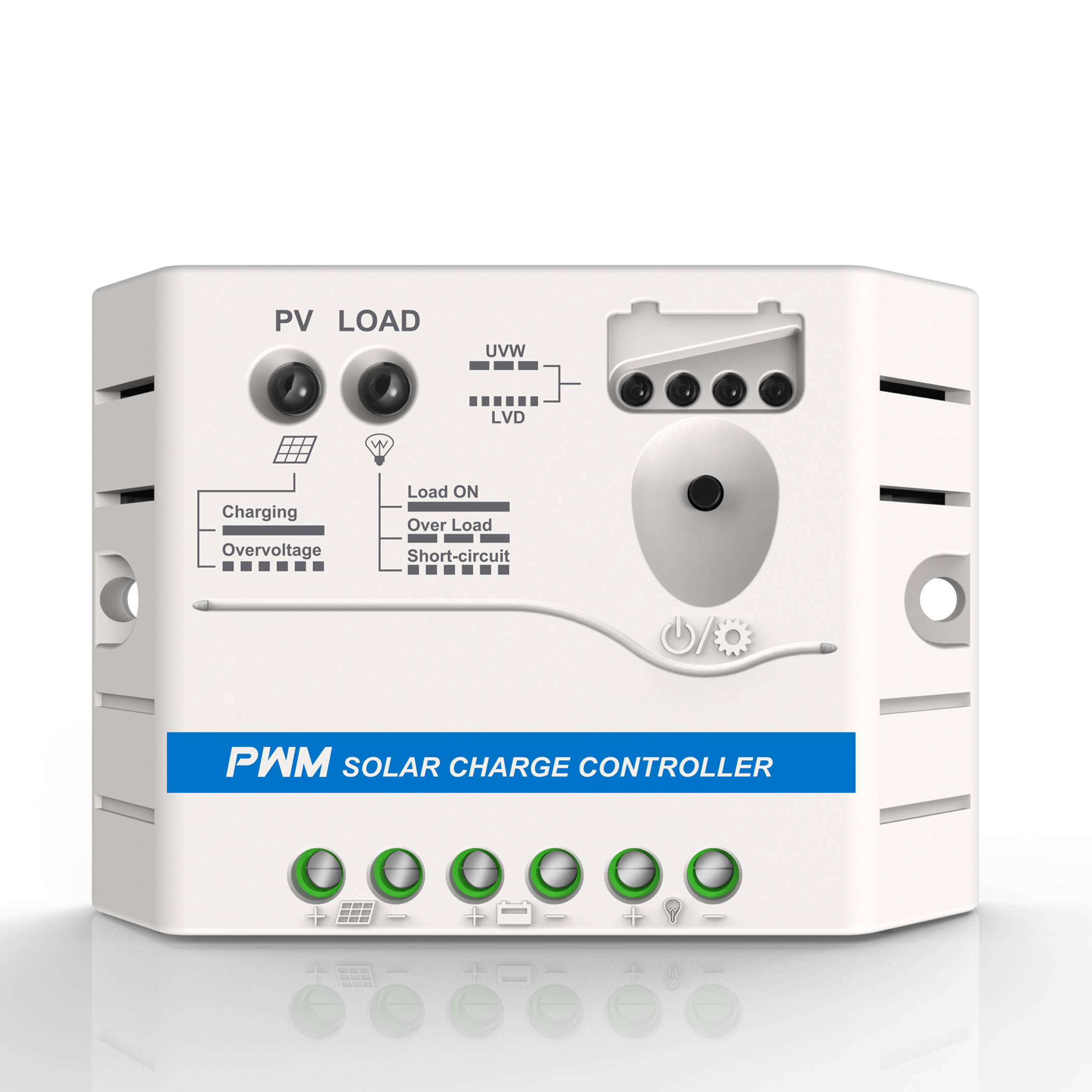Conversion efficiency increased from 22.40% to 25.05%! Perovskite photovoltaic research makes progress
Conversion efficiency increased from 22.40% to 25.05%! Perovskite photovoltaic research makes progress
Perovskite solar cells (PSCs) have attracted much attention due to their low material cost, easy preparation of large-area devices, and high photoelectric conversion efficiency. SnO2 has the characteristics of high transmittance, high electron mobility, suitable energy level, good UV radiation stability and easy low-temperature processing. It is currently a commonly used electron transport material for n-i-p type PSCs batteries. However, defects in its bulk phase and surface [oxygen vacancies (VO), suspended hydroxyl groups (-OH) and unsaturated coordination metal atoms] can easily cause carrier accumulation and non-radiative recombination loss. In addition, insufficient coordination of metals, halogens, and organic ions in perovskites can also cause interfacial chemical reactions, deteriorating the efficiency and stability of the device. Therefore, optimization of the buried interface of PSCs is the key to achieving high efficiency and stability. However, due to the non-exposed nature of the buried interface, it is challenging to study and optimize it.
The Shanghai Institutes for Advanced Study of the Chinese Academy of Sciences has developed a simple and effective strategy by adding formamidine oxalate (FOA) to SnO2 nanoparticles to simultaneously suppress SnO2 bulk and surface defects as well as FA+/Pb2+ related defects at the perovskite buried interface. Effective targeted defect passivation. The relevant research results were published in Advanced Materials under the title Target Therapy for Buried Interfacial Engineering Enables Stable Perovskite Solar Cells with 25.05% Efficiency.
The study found that both formamidine ions and oxalate ions were distributed in a longitudinal gradient in the SnO2 layer and gathered at the SnO2/perovskite buried interface, regulating the crystal growth of perovskite, reducing bulk and interface defects, and improving perovskite Energy level matching between ore and SnO2. The results showed that the energy conversion efficiency of PSCs after FOA treatment increased from 22.40% to 25.05%, and the storage stability and photostability of PSCs were also significantly improved.


